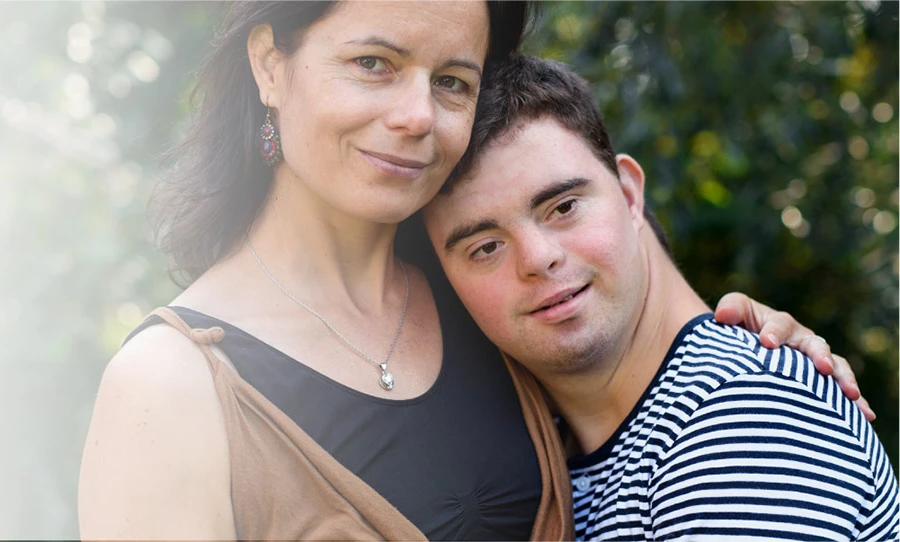Autism spectrum disorder (ASD) is a neurodevelopmental condition characterised by challenges in social interaction, communication, and repetitive behaviours. While autism is often thought of as a spectrum, it is increasingly recognised that individuals with ASD may experience different stages of development and varying levels of support needs throughout their lives.

Understanding why autism has stages is crucial for tailoring interventions and support strategies to meet the unique needs of individuals at different points in their developmental journey. This article will explore the different stages of autism, highlighting the importance of recognising and addressing the diverse needs of individuals with ASD across various stages of development.

What is Autism Spectrum Disorder (ASD)?
Autism Spectrum Disorder manifests as a condition marked by difficulties in social interaction, and communication, and exhibiting restricted or repetitive behaviours. It is called a “spectrum” disorder because it encompasses a wide range of symptoms and severity levels, which can vary greatly from one person to another.
Some individuals with ASD may have mild symptoms and be highly functional, while others may have significant impairments that require substantial support. ASD is typically diagnosed in early childhood, but symptoms may be apparent earlier or later in life.
Despite its diverse presentation, individuals with ASD often share certain core characteristics, such as difficulty understanding and interpreting social cues, challenges with verbal and nonverbal communication, and a preference for routine and sameness.
Early intervention, therapy, and autism support services can help individuals with ASD develop skills, manage symptoms, and lead fulfilling lives.

3 Stages of Autism
However, some professionals may use a simplified framework to describe different developmental trajectories or stages of autism based on observable behaviours and milestones.
What is Level 1 Autism?
Level 1 autism is also known as ‘Requiring Support’. In the first stage of ASD, individuals may show small signs that they need help. For example, a toddler might not talk as much as other children their age or might avoid eye contact.
These signs might not cause big problems yet, but it’s important to get support early. This could include things like speech therapy or special classes to help them learn and communicate better. Getting help early can make a big difference in how well they do later on.
What is Level 2 Autism?
Level 2 autism involves significant challenges that require substantial support. Individuals at this level may have moderate difficulties with social interactions, communication, and repetitive behaviours, which can impact their daily functioning.
For example, a person with Level 2 autism may struggle to maintain conversations, have trouble understanding social cues, or engage in repetitive movements or behaviours that interfere with daily activities. They may also require support to navigate changes in routine or unexpected situations.
Individuals with Level 2 autism may benefit from structured interventions, therapies, and support services tailored to address their specific needs and promote skill development, independence, and quality of life.
What is Level 3 Autism?
Level 3 autism involves significant challenges that require very substantial support. Individuals at this level have severe difficulties with social interactions, communication, and repetitive behaviours, severely impacting their ability to function independently.
For example, a person with Level 3 autism may have minimal verbal communication skills, struggle to engage in social interactions and exhibit intense and inflexible behaviours that interfere with daily activities. They may require constant supervision and support to meet their basic needs and navigate daily life.
Individuals with Level 3 autism often require intensive interventions, specialised educational programs, and comprehensive support services to address their complex needs and promote their well-being.

Living With Autism
It’s important to note that the experiences and needs of individuals with ASD can vary widely, and not all individuals will follow a linear progression through these stages.
Additionally, autism is a lifelong condition, and individuals may continue to experience growth, development, and challenges throughout their lives. Therefore, understanding and supporting the individual needs of each person with ASD is key to promoting their well-being and success across the lifespan.
What are the 5 Different Types of Autism?
ASD encompasses various subtypes or classifications based on the specific symptoms and characteristics displayed by individuals. While all types of autism fall under the umbrella of ASD, they may differ in terms of severity, associated features, and presentation. Some of the different types or subtypes of autism include:
- Autistic Disorder: This subtype typically involves significant challenges in social interaction, communication, and behaviour. Individuals with autism may exhibit more severe symptoms, such as delayed language development, repetitive movements, and difficulties with change or transitions.
- Asperger’s Syndrome: Asperger’s Syndrome is characterised by milder symptoms compared to autism, particularly in the area of language development. Individuals with Asperger’s Syndrome often have normal to above-average intelligence and may excel in certain areas of interest, but they struggle with social interactions and may exhibit repetitive behaviours or intense interests.
- Pervasive Developmental Disorder-Not Otherwise Specified (PDD-NOS): PDD-NOS is used to describe individuals who display some, but not all, of the typical symptoms of autism. These individuals may have difficulties in social interaction and communication, as well as restricted or repetitive behaviours, but their symptoms may not meet the full criteria for a diagnosis of classic autism or Asperger’s Syndrome.
- Childhood Disintegrative Disorder (CDD): Childhood Disintegrative Disorder is a rare form of autism characterised by a significant loss of previously acquired skills, such as language, social skills, and motor abilities, usually occurring after a period of normal development. This subtype is often associated with severe regression and may be accompanied by other neurological symptoms.
- Rett Syndrome: Rett Syndrome is a genetic disorder that primarily affects females and is characterised by severe impairments in physical and cognitive development, as well as loss of hand skills and repetitive hand movements. While Rett Syndrome shares some features with autism, it is considered a distinct disorder with its own diagnostic criteria.
These are just a few examples of the different types of autism, and it’s important to note that each individual with ASD is unique, with their own strengths, challenges, and needs.
How to Support People With ASD
Care providers play a crucial role in supporting individuals with Autism Spectrum Disorder (ASD) by offering specialised assistance tailored to their unique needs. This support encompasses implementing structured routines to promote predictability, providing clear and consistent communication strategies, and offering sensory-friendly environments to accommodate sensory sensitivities.
Additionally, care providers facilitate access to appropriate educational programs, therapy services, and community resources that can enhance social skills, communication abilities, and overall well-being. By understanding and addressing the specific challenges faced by individuals with ASD, care providers contribute to fostering a supportive and inclusive environment that empowers individuals to thrive and reach their full potential.
Aspire UK offers comprehensive autism care services tailored to the unique needs of individuals with Autism Spectrum Disorder. Through personalised care plans, Aspire strives to create a nurturing environment that fosters independence and enhances quality of life for those with ASD. With a compassionate and individualised approach, Aspire empowers individuals with ASD to thrive and achieve their full potential in all aspects of life.













